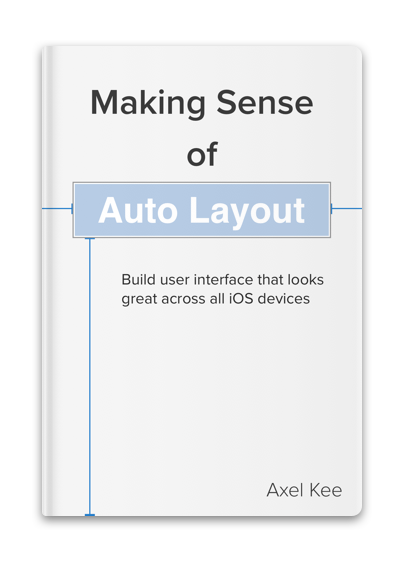(If you're searching for how to open specific view controller when a push notification is tapped, the answer is here )
How to make the app open a specific view controller when user tap on push notification? like when you tap the notification in twitter app, it brings you to the specific tweet

I came across this problem a while ago, as many answers in Stack Overflow used Objective-C and the deprecated didReceiveRemoteNotification function, I thought of writing this post to use Swift and the latest UNUserNotificationCenter delegate.
Apple has deprecated the didReceive and didReceiveRemoteNotification in iOS 10,
// DEPRECATED
func application(_ application: UIApplication, didReceive notification: UILocalNotification) {
}
// DEPRECATED
func application(_ application: UIApplication, didReceiveRemoteNotification userInfo: [AnyHashable : Any]) {
}
It has since been replaced with the UNUserNotificationCenter class after iOS 10. To handle push notification in App Delegate, we will set the delegate of UNUserNotificationCenter to self (App Delegate).
import UIKit
import UserNotifications
@UIApplicationMain
class AppDelegate: UIResponder, UIApplicationDelegate {
func application(_ application: UIApplication, didFinishLaunchingWithOptions launchOptions: [UIApplicationLaunchOptionsKey: Any]?) -> Bool {
// Override point for customization after application launch.
UNUserNotificationCenter.current().delegate = self
// request permission from user to send notification
UNUserNotificationCenter.current().requestAuthorization(options: [.alert, .badge, .sound], completionHandler: { authorized, error in
if authorized {
DispatchQueue.main.async(execute: {
application.registerForRemoteNotifications()
})
}
})
return true
}
}
And implement these two methods of UNUserNotificationCenterDelegate :
extension AppDelegate: UNUserNotificationCenterDelegate{
// This function will be called when the app receive notification
func userNotificationCenter(_ center: UNUserNotificationCenter, willPresent notification: UNNotification, withCompletionHandler completionHandler: @escaping (UNNotificationPresentationOptions) -> Void) {
// show the notification alert (banner), and with sound
completionHandler([.alert, .sound])
}
// This function will be called right after user tap on the notification
func userNotificationCenter(_ center: UNUserNotificationCenter, didReceive response: UNNotificationResponse, withCompletionHandler completionHandler: @escaping () -> Void) {
// tell the app that we have finished processing the user’s action / response
completionHandler()
}
}
Remember to execute the completionHandler for both of the delegate methods as specified by Apple in their documentation ( willPresent notification:, didReceive response:).
Now we can use the didReceive response: to detect when user tap on the notification. To differentiate between when user tapped the notification while the app is running in foreground and when the app is in background, we can use UIApplication.shared.applicationState to check whether the app is in foreground or background when user tapped the notification.
func userNotificationCenter(_ center: UNUserNotificationCenter, didReceive response: UNNotificationResponse, withCompletionHandler completionHandler: @escaping () -> Void) {
let application = UIApplication.shared
if(application.applicationState == .active){
print("user tapped the notification bar when the app is in foreground")
}
if(application.applicationState == .inactive)
{
print("user tapped the notification bar when the app is in background")
}
/* Change root view controller to a specific viewcontroller */
// let storyboard = UIStoryboard(name: "Main", bundle: nil)
// let vc = storyboard.instantiateViewController(withIdentifier: "ViewControllerStoryboardID") as? ViewController
// self.window?.rootViewController = vc
completionHandler()
}
How do I perform action when user launch the app by tapping on notification?
If the app is not running / not in background and user tap on the notification , the app will be launched. The method didFinishLaunchingWithOptions launchOptions: will be called and iOS will add the remoteNotification key to the launchOptions.
You can check the launchOptions for remoteNotification key to perform action when user launch the app from tapping on notification :
func application(_ application: UIApplication, didFinishLaunchingWithOptions launchOptions: [UIApplicationLaunchOptionsKey: Any]?) -> Bool {
// Override point for customization after application launch.
// When the app launch after user tap on notification (originally was not running / not in background)
if(launchOptions?[UIApplication.LaunchOptionsKey.remoteNotification] != nil){
// your code here
}
return true
}
Further reading
Keith Harrison has wrote a great post on using local notifications if you would like to learn more about UNUserNotificationCenter.
